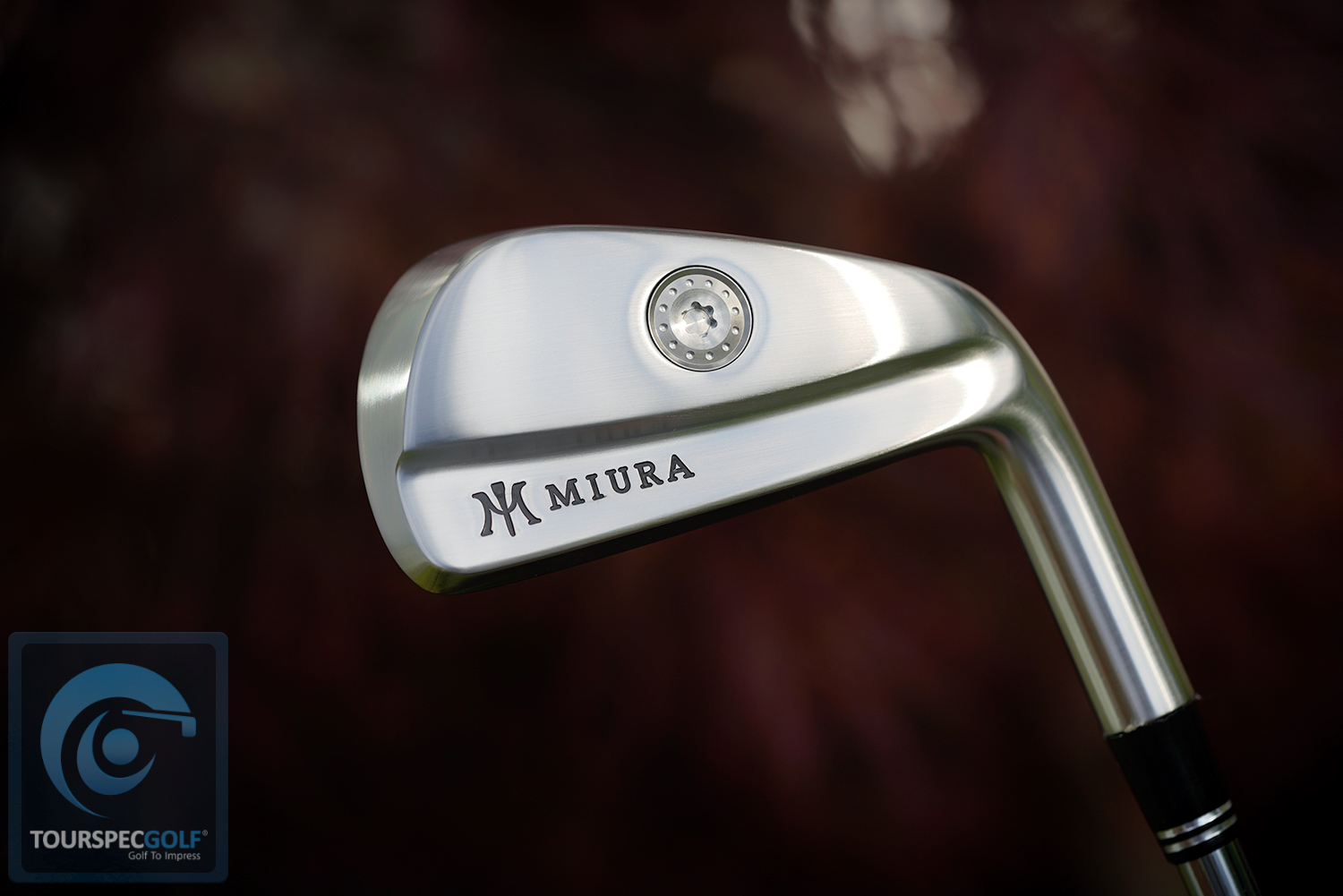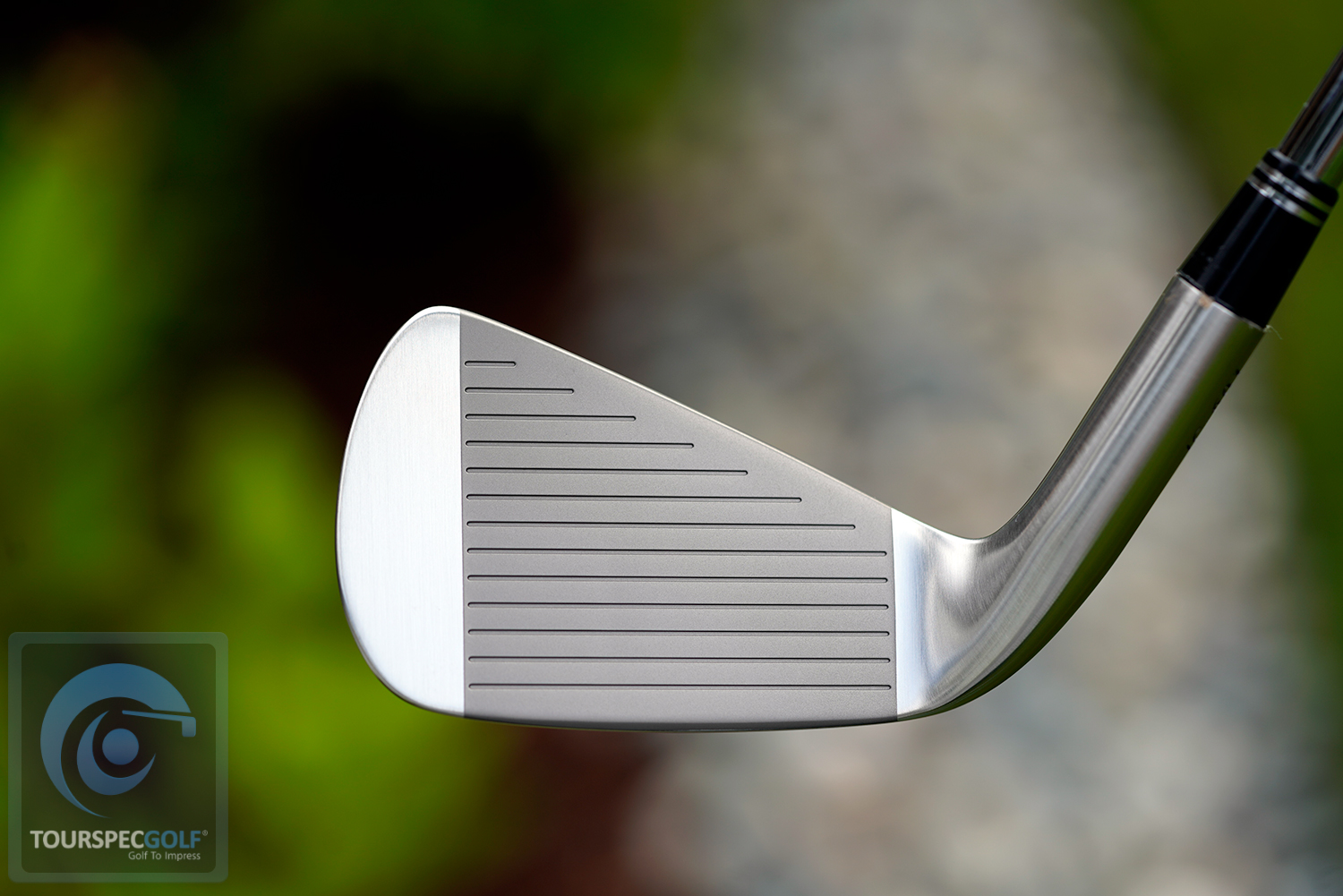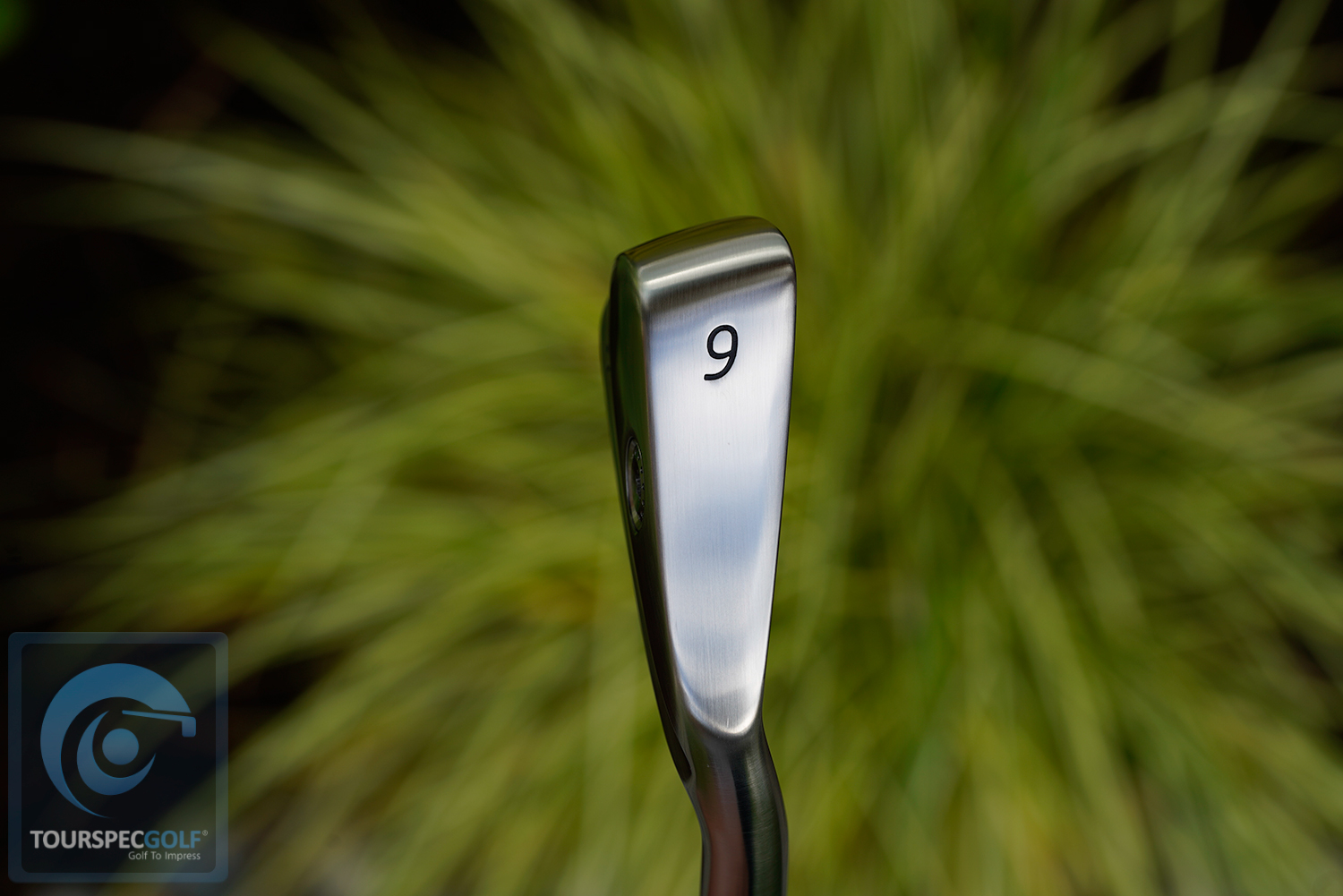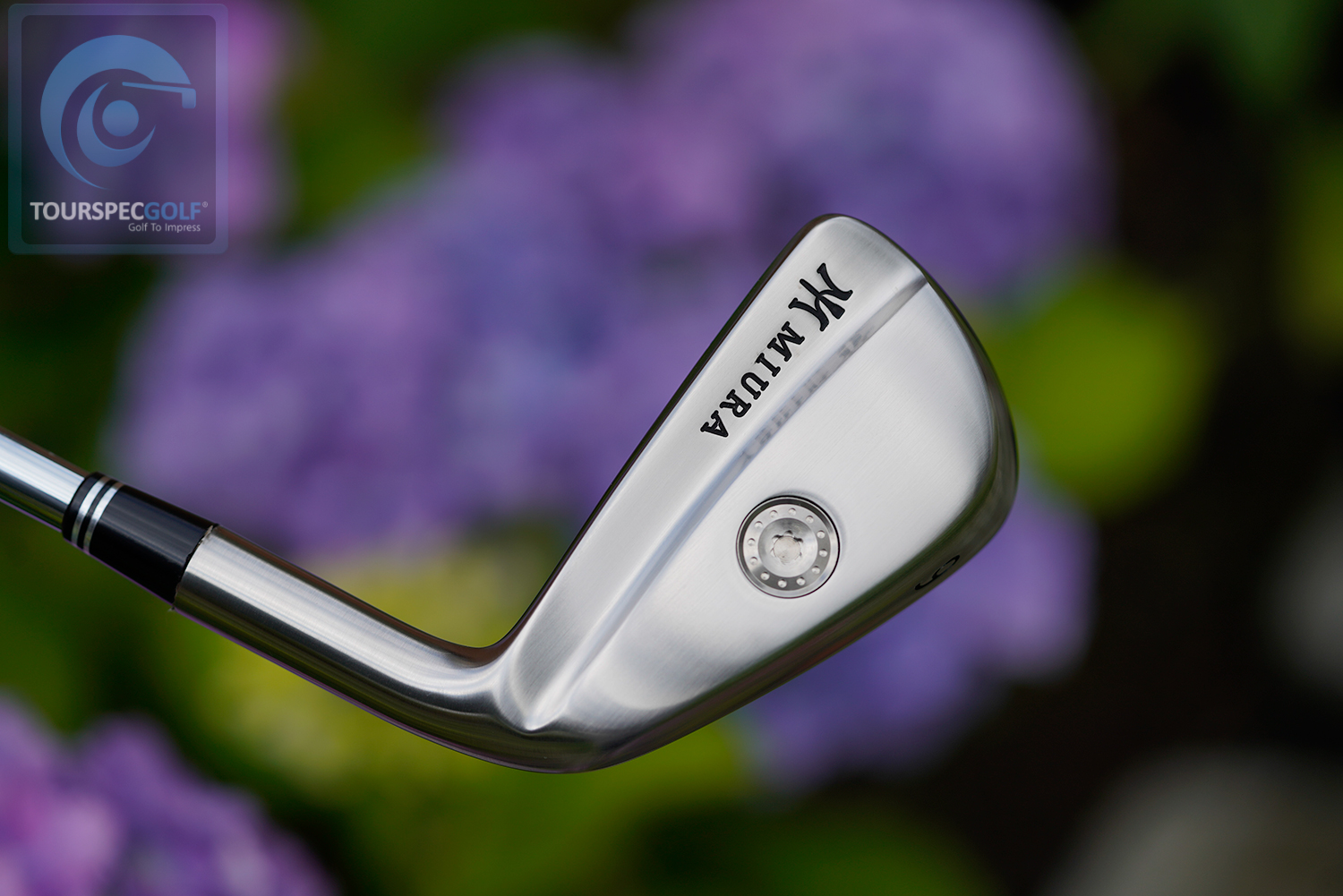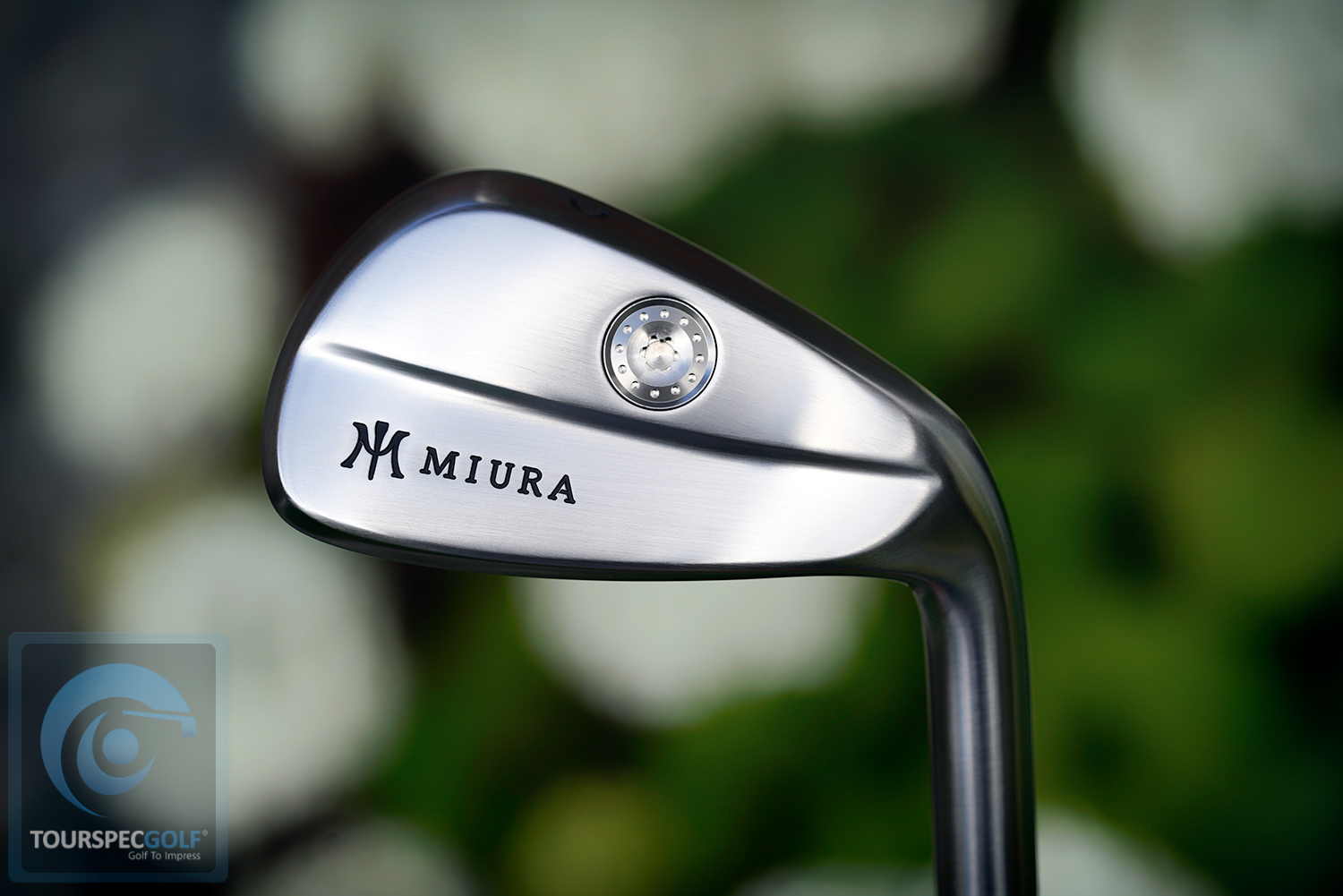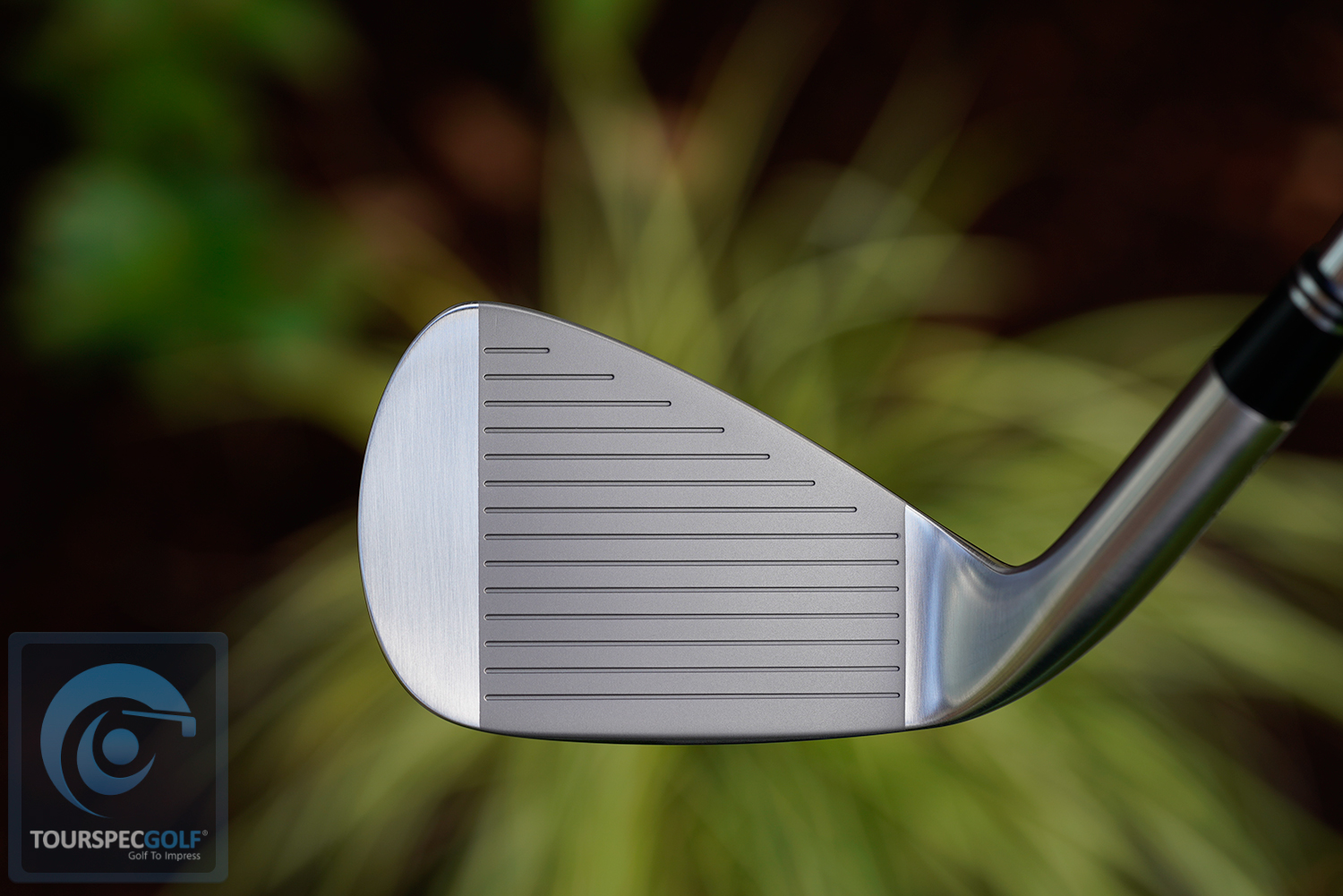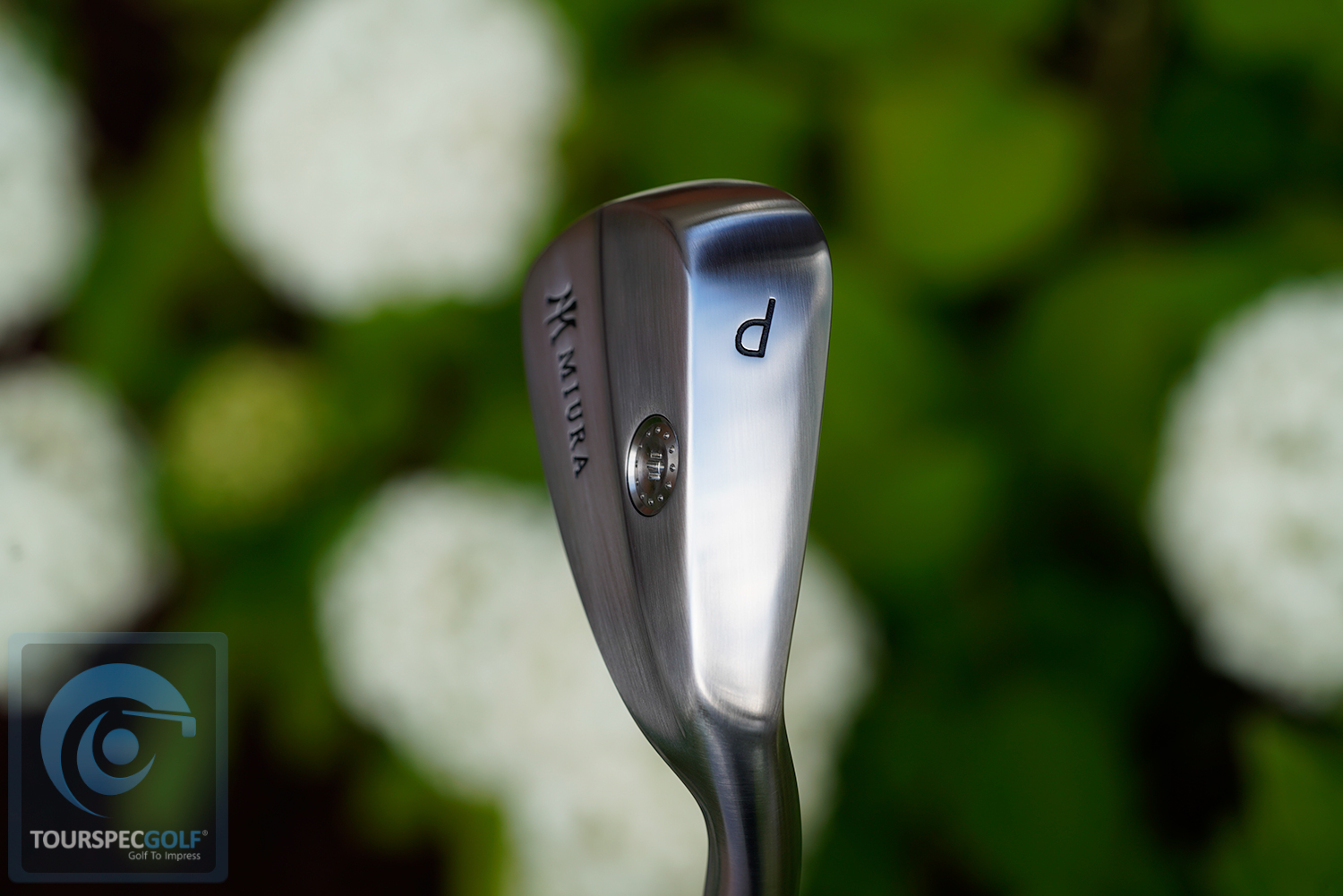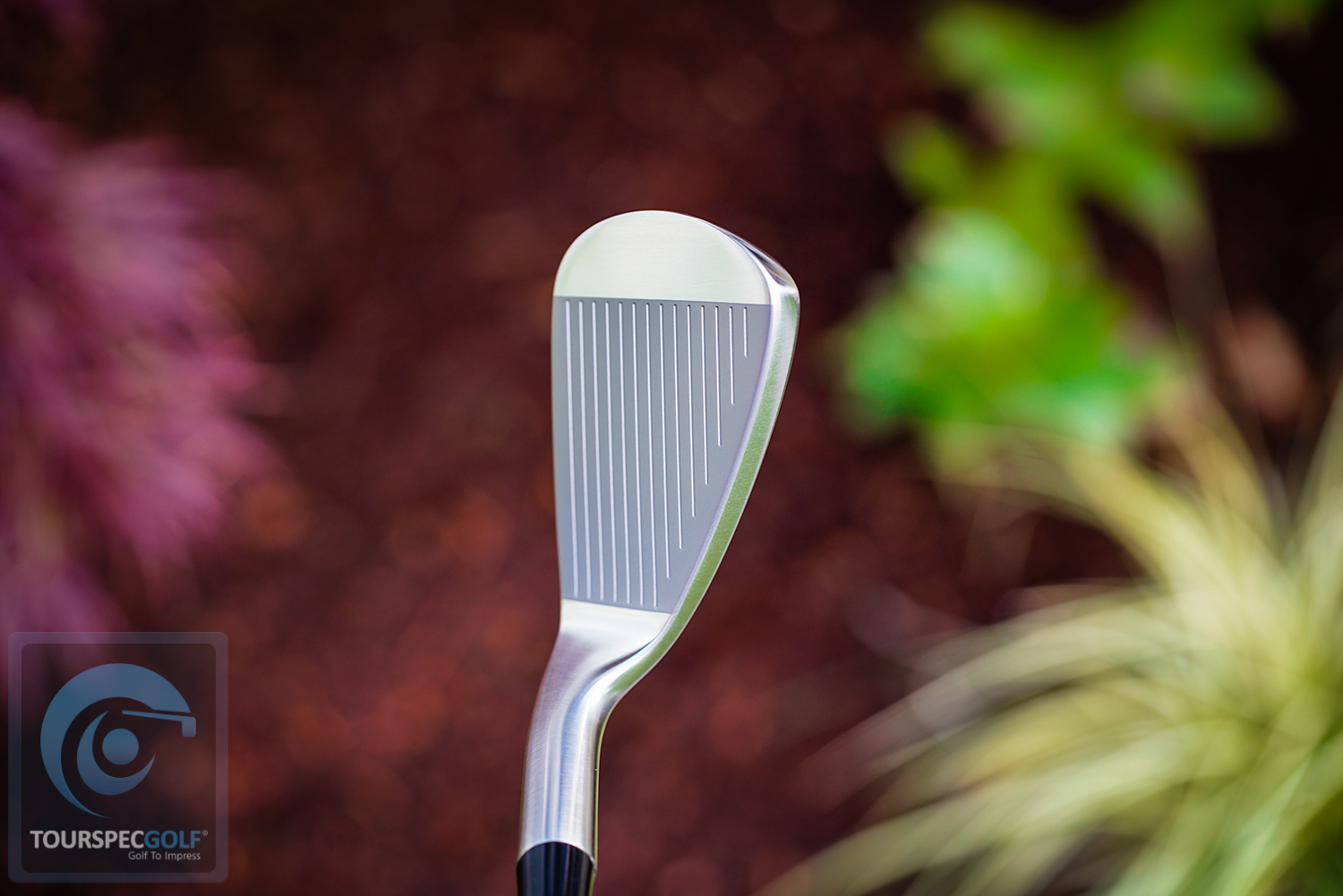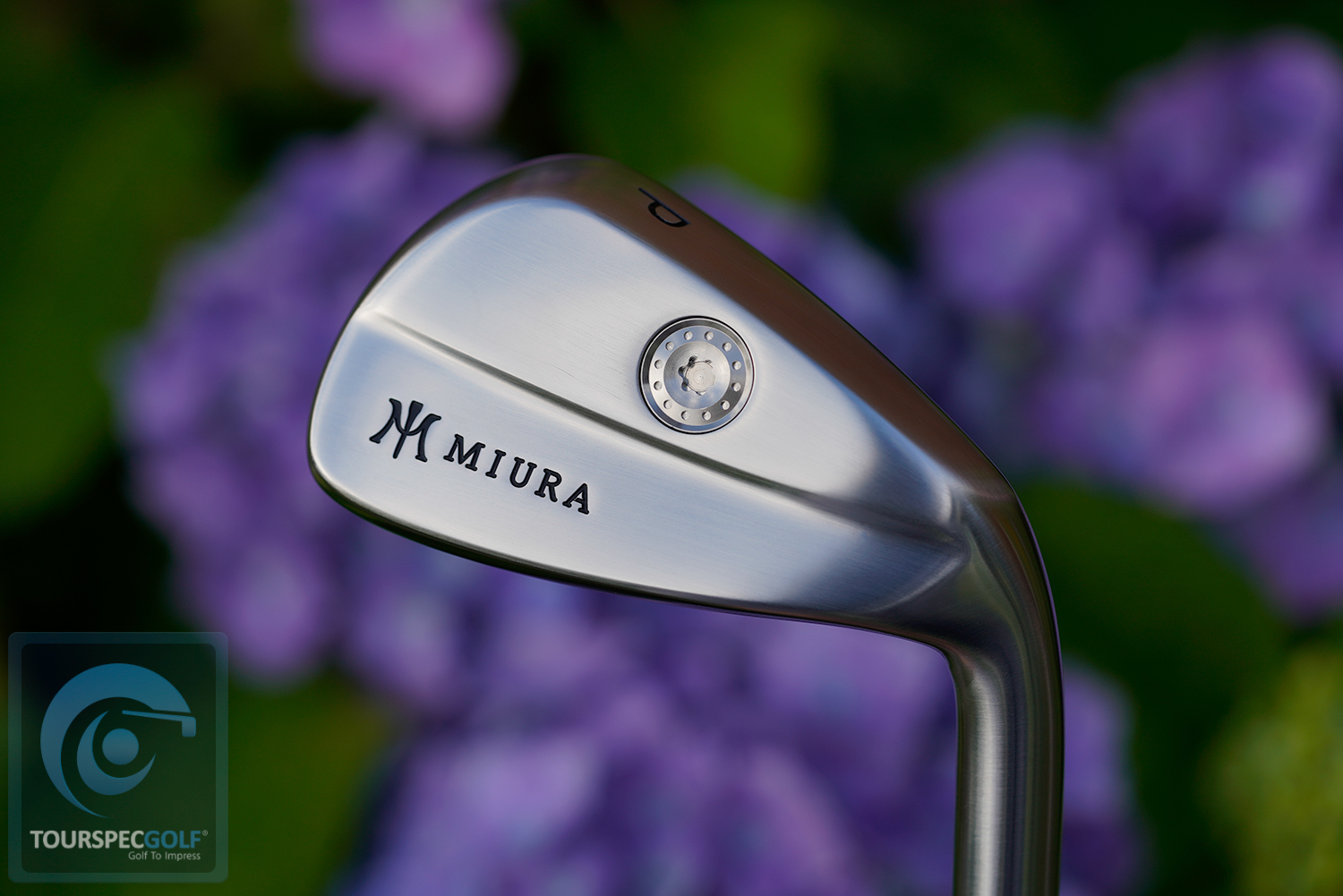Miura’s new iron the IC-601 was just released last week globally. In Japan, it has been available a bit longer and through our friends and clients, we have a good amount of feedback already. Today we share our impressions and opinions on the new IC-601 irons by Miura.
Miura Golf entered the semi game improvement iron segment starting with the P9005, followed by the P9005G, then the 2 piece CB-2008 and now the IC-601. The IC601 does not replace those other models it is simply the most forgiving Miura iron made to date. Follow the jump to see more photos and read our initial impressions.
let’s start by talking about what it is, It is a multi-piece head using a sus304 stainless body with a 455 stainless face. 455 carpenter stainless is an excellent material for use in golf clubs, it’s rebound abilities along with its durability and ease of use to manufacture make it a top choice in many irons and woods. None of this head is forged and it is not fully made by Miura in Japan. It is made in Taiwan and Miura is transparent and upfront about this even posting it on their website.
In the above photo it shows the #6 iron face on. It’s gotta a nice low neck while the toe get’s pointy and tall.
The lofts are 2-3* stronger than what we now consider traditional lofts so it really isn’t as jacked as other semi game improvements are. As far as the finish, because it is stainless it has no plating. That is polished steel you are looking at. A plating is not required as this material will not rust as carbon does. Do note that stainless iron heads are prone to scuff up a bit faster than carbon steel.
The above photo shows the sole of the #6 and it’s pretty wide near the toe tapering narrow toward the heel. Barely shown in the photo is the slight leading edge grind to help prevent against digging.
Who should play the Miura IC-601? Miura says it’s for low to mid handicapper while in my opinion, I think it extends to even high handicap players. I see high cappers play blades nowadays and more power to them as they may seek enjoyment from the challenge or experience of their tools more than a lower score and nothing is wrong with that. This also works for a single digit who has a tolerance for a larger head and more synthetic feel ( due to its material and design) so yes even an athlete player can also enjoy these irons provided it fit’s their tastes. On the flip side, there is indeed a group of people who should not play these. The first is someone who likes to look at something compact and thin with no offset. Another would be someone who wants to work the ball or desires a soft forged feel. It really depends on your wishes.
Above a photo of the #6 iron at address.
Ball speeds – so here is the issue, A lot of makers who use 2 piece heads praise their ball speeds and contribute it to the material or a technology. Based on numbers we see the ball speeds are in line with many single piece forged heads as well. Many brands move to 2 piece heads to reduce the head weight allowing them to create a larger sized head. But why state the practical reason when you could slide in a bit of marketing here. I have seen this time and time again a brand cannot produce a head this size without using lighter materials or a hollow structure. The truth is these that often these materials do not have as consistent spin rates and trajectories while ball speed can be achieved from proper design and CG placement.
In Japan the reviews are stating good distance with plenty of forgiveness.
Above you see the PW which is a very important club to me. It’s gotta look right especially in these semi game improvement models and Miura did an excellent job with it’s shape and size.
Above we have the PW face angle view. Again the shape is very nice which is something Miura does well in its recent models.
The sole is less tapered as you move into the short irons it is also more narrow for good reason, with longer irons you can use the forgiveness and size yet with shorter irons you need to be able to work the wedge and cut through the rough or sane with ease.
It also seems as if the offset is progressive. I notice more offset in the wedges but can not confirm it’s FP #’s and if my assumption is correct. Whatever the case it would make sense to have some offset in the shorter irons. Offset is your friend people and even in wedges. The kids in the forums all want to be a part of the cool croud but you can take it from Bob Vokey himself as he has always remained consistent on this. For the average player a little offset in the shorter irons and especially wedges can help a lot.
Thank you for reading my brief impressions and personal opinion on the new Miura IC-601. If you are interested in ordering you may do so via this page now – CLICK HERE!

